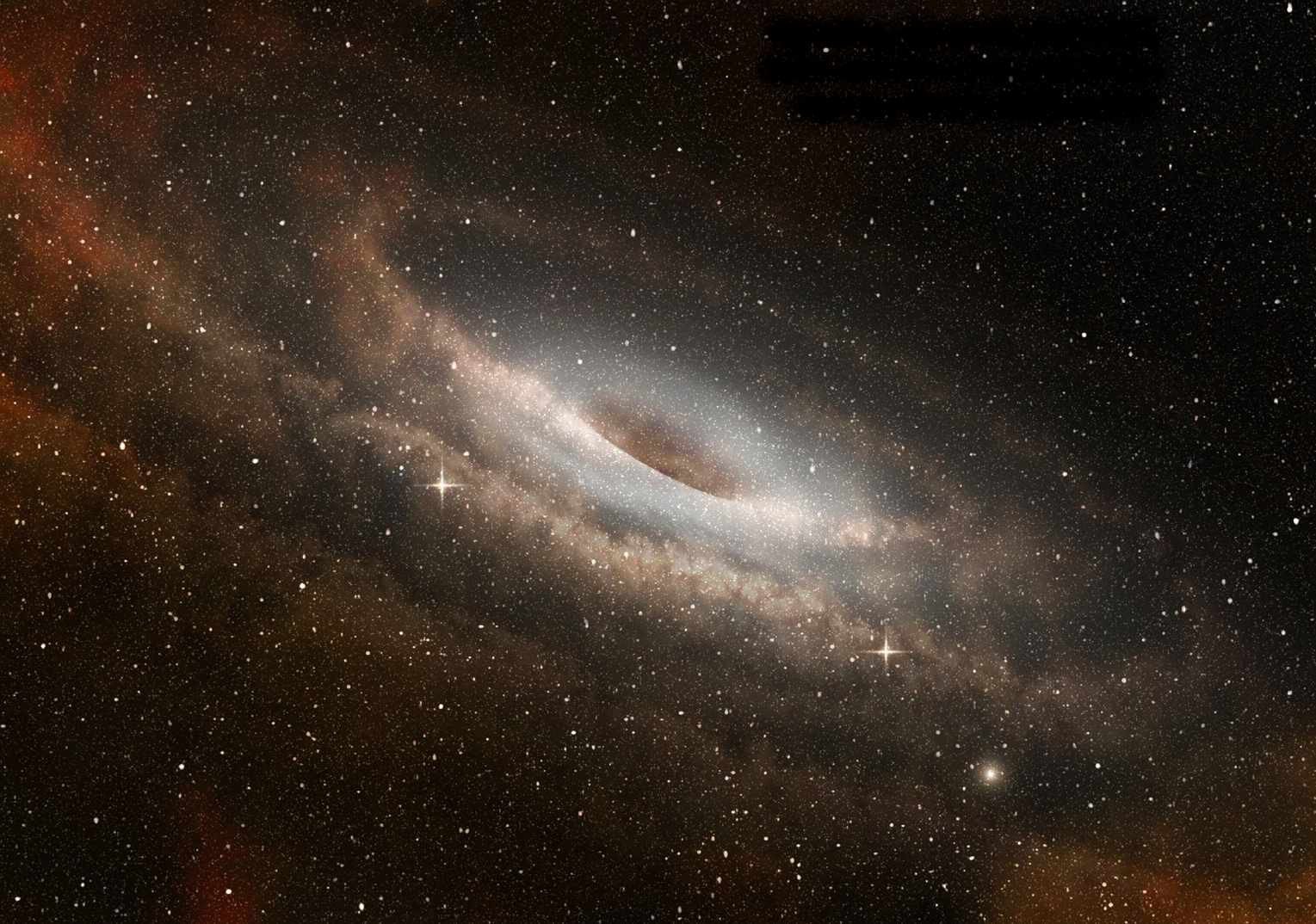Our experts examine the hottest new research
CUTTING EDGE
Dark matter could be made of black holes
Are tiny black holes the gravitational glue holding galaxies together?

It’s been obvious for a while now that our best theories of cosmology have a problem. Though we can build computer simulations that do a good job of reproducing the cosmos we see around us, they rely on the presence of dark matter. This mysterious dark matter, which outweighs normal, visible matter by a factor of six to one, is needed to provide the gravitational heft to form the structure of galaxies and galaxy clusters but must not interact with light.
We need something that is massive, and which is dark. It’s only natural to think that black holes might be part of the answer. We know from surveys looking for the effect of passing black holes on background stars that there are not anywhere near enough large black holes in the Universe to make much of a dent in what’s needed. But could smaller ones exist?
Current physics allows for the possibility that tiny black holes, each weighing about the same as a small asteroid – something like a billion, billion kilograms – may form right at the beginning of the Universe. The trouble is that we believe black holes evaporate through a weird quantum mechanical process known as Hawking radiation, after Stephen Hawking who discovered it. For massive specimens, like the 3-million-solar-mass behemoth at the centre of the Milky Way, the slow release of this energy is too small to have any meaningful effects; but for tiny primordial black holes it will be lethal. They should evaporate away long before the present day, making them useless as candidates for dark matter.
“Such black holes could be smaller, perhaps the mass of an aircraft carrier, and still be stable”
This month’s paper suggests a solution. Black holes have a mass, but they also have two other properties which affect their behaviour. They spin – and results from the LIGO gravitational wave observatory suggest that larger black holes, at least, are spinning – and they might have charge. (In fact, the famous and stupidly named ‘no-hair theorem’ suggests that these are the only three properties someone on the outside of a black hole could measure – mass, charge and spin.) Spinning, charged black holes, it turns out, might survive for much longer, and perhaps for long enough to be a viable source of dark matter.
What’s more, it turns out that such black holes could be smaller, perhaps the mass of an aircraft carrier, and still be stable. Such small black holes might fill the cosmos, providing the gravitational glue that shapes everything we see on the largest scales.
Of course, there’s no actual evidence that such small black holes do form in the early Universe or exist today. With little prospect of new observations sensitive to such elusive beasts, you might think that this work does little more than re-label the problem – ‘dark matter’ replaced with mysterious, hypothetical, weird black holes. Still, it does make a case for more theoretical work, and it seems possible that whatever process forms these things might also produce more massive examples, which would be detectable. If we want to understand the Universe’s mysteries, we’re going to have to look.

Prof Chris Lintott is an astrophysicist and co-presenter on The Sky at Night.
Chris Lintott was reading Quasi-extremal Primordial Black Holes are a Viable Dark Matter Candidate by Jose A de Freitas Pacheco et al.
Read it online at: arxiv.org/abs/2301.13215